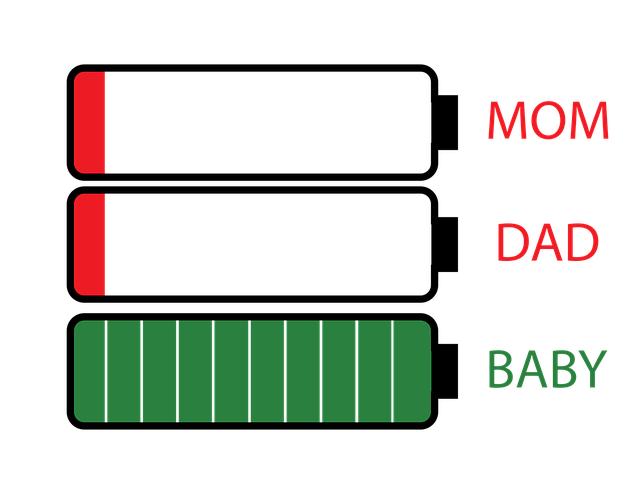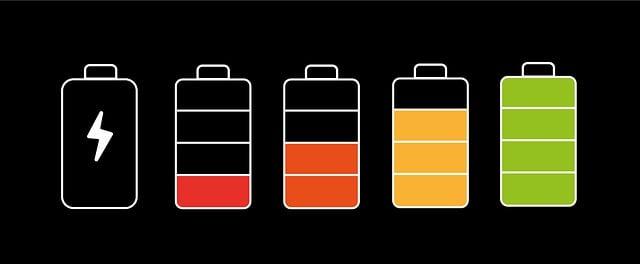- Introduction to Advanced Battery Storage
- Key Technologies in Advanced Battery Storage
- Energy Density and Efficiency
- Applications of Advanced Battery Storage
- Environmental Impact and Sustainability
- Conclusion
- FAQs
- References
Introduction to Advanced Battery Storage
Advanced battery storage systems represent some of the most cutting-edge technologies for storing energy. These systems are crucial for a future centered on renewable energy and the reduction of fossil fuels. In this article, we will explore the key technologies behind these systems, their efficiency, their pivotal role in various applications across industries, and their environmental sustainability.
From lithium-ion to more upcoming technologies like solid-state batteries, we seek to understand what makes certain battery types better suited for different requirements, such as grid stabilization or electric vehicles. We also discuss the energy density, efficiency, and impacts of these systems on our ecosystem.
By the end of the article, you'll have a deep understanding of what battery storage means for our energy future and its impact on every part of our modern lives.
Key Technologies in Advanced Battery Storage

(Image: Pixabay/@fotoblend)
The core of advanced battery storage development is based on several emerging and established technologies. Understanding these diverse technologies helps reveal how far storage solutions have come and where they’re headed.
1. Lithium-Ion Batteries: One of the most versatile and widely applied battery types, lithium-ion batteries have powered everything from smartphones to electric vehicles (EVs). Their popularity can be attributed to their high energy density and reusability. However, these batteries also come with significant challenges, such as degradation and the environmental issues related to lithium mining.
2. Solid-State Batteries: A next-generation alternative to lithium-ion batteries, solid-state batteries replace the liquid electrolyte used in traditional batteries with a solid one. This shift increases safety (by mitigating risk of fire) and energy density while reducing weight, which is a game-changer, particularly for EV manufacturers.
3. Flow Batteries: Flow batteries utilize ions dissolved in liquids. This structure gives them an upper hand in energy storage for power grids. Their low self-discharge and long cycle life make them a preferred choice over lithium-based options when large-scale energy storage is necessary.
4. Metal-Air Batteries: A promising technology still in research stages, metal-air batteries use ambient air as their cathode, resulting in lighter cells with higher energy-storage potential per kilogram. This is expected to revolutionize EV range capabilities once perfected.
Energy Density and Efficiency

(Image: Pixabay/@epicioci)
The significance of advanced battery storage lies largely in enhancing energy density and overall efficiency. High energy density refers to the amount of energy stored in a battery relative to its weight or volume. High energy density is pivotal, especially for devices that must be lightweight—think about phones, laptops, drones, and EVs.
Importance of Energy Density: As battery-powered devices spread across various industries, high energy density ensures longer-lasting devices without regular charging. For transportation systems like electric vehicles and aviation, every kilogram saved through energy-dense battery technology directly translates into added performance and lower costs.
Efficiency Factors: A battery's performance depends not only on its size but also on its charging/discharging rate. Fast-charging and slow battery life are significant pain points being addressed by emerging technologies, particularly solid-state and new lithium-ion variants.
Electricity lost during the charging and discharging cycle is another problem facing modern batteries. Substantial improvements in battery efficiency mean that less power is wasted during storage, translating to cost savings and higher net energy availability.
Applications of Advanced Battery Storage

(Image: Pixabay/@michaljamro)
Advanced battery storage has ubiquitous applications that extend beyond powering handheld electronics. Let’s explore some of the top areas seeing transformative benefits.
1. Grid Stabilization: Among the most mission-critical applications of battery storage is stabilizing electrical grids, especially as renewable energy sources like wind and solar increase their market share. Battery storage allows excess power generated during off-peak times (like midday sunshine) to be stored and released when needed.
2. Electric Vehicles (EVs): Increased attention toward sustainability has shifted carmakers’ focus to EVs that run solely on battery storage systems. Tesla, for instance, relies on lithium-ion battery systems, but many companies are pushing towards solid-state innovations for lighter and more efficient EVs.
3. Residential and Commercial Backup Power: Advanced batteries such as Tesla Powerwalls are becoming popular alternatives for generating and storing home power, reducing dependency on the main grid. Solar panels coupled with home battery storage allow households to build microgrids capable of reducing energy bills and surviving blackouts.
4. Industrial Applications: Large manufacturing industries are installing battery banks for inventory management during outages and ensuring that robotic operations and automated machines don't come to a halt.
Environmental Impact and Sustainability

(Image: Pixabay/@skorec)
Despite the critical role that advanced battery storage will play in driving the green energy transition, it comes with its own environmental considerations. The materials used in most current batteries are not always eco-friendly. Ensuring the sustainability of these storage systems is a challenge that industry stakeholders are tackling through innovation and better foresight.
1. Resource Mining Issues: The extraction of materials such as lithium, cobalt, and nickel has raised concerns regarding environmental damage, water usage, and labor practices. Finding alternative or more sustainable components is crucial to decreasing the overall carbon and human impact of batteries.
2. Recycling & Lifecycle Management: Most current batteries fail at meeting the criteria for effective recycling. Finding novel methodologies for repurposing old batteries is an area of active progress. Improved recycling means not only lesser environmental damage but longer product life.
3. Reducing Dependency on Fossil Fuels: By improving energy storage, we can reduce the reliance on fossil-fuel-driven sources that tend to offer “on-demand” energy. Countries leaning heavily into renewable energy will need these clean battery systems to manage renewable intermittency.
Conclusion
Advanced battery storage stands at the forefront of our renewable energy future with applications extending far beyond common gadgets. Its role in grid storage, electric transportation, industrial backup, and much more positions it as more than just a technological trend—it’s an essential tool for sustainability.
Equally, the challenges surrounding energy density, environmental impact, and material recycling call for continued innovation. Whether it's via next-generation solid-state batteries or sustainable lithium-ion solutions, the future of energy storage promises a world powered by cleaner, more efficient systems.
FAQs
What is advanced battery storage?
Advanced battery storage refers to innovative technologies developed to store electricity efficiently. These systems often include next-gen versions of lithium-ion, solid-state, and flow batteries designed to enhance energy capacity and sustainability.
Why are solid-state batteries considered safer?
Solid-state batteries replace liquid electrolytes with solid ones, eliminating instability and flammability risks seen in traditional lithium-ion systems. They also reduce chances of battery degradation.
How does battery storage support renewable energy?
Batteries store excess energy produced by renewable resources like solar and wind power, which can then be supplied to the grid during periods of low generation, ensuring consistent energy output.
What factors impact battery efficiency?
Several factors affect battery efficiency, such as energy density, charging/discharging cycles, and internal resistance. Advances in chemistry and design seek to mitigate energy loss during these cycles.

